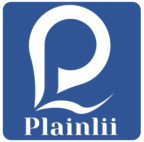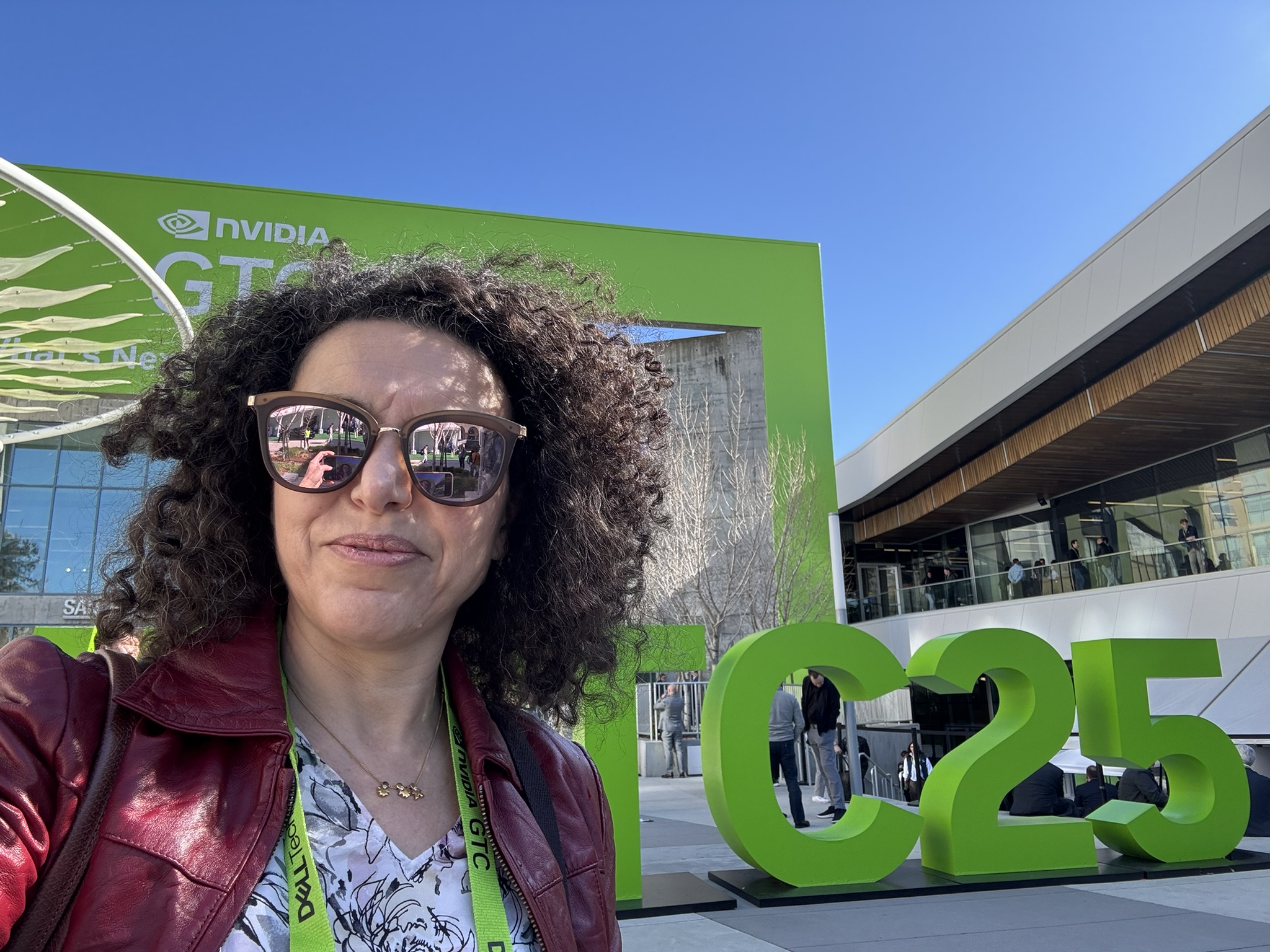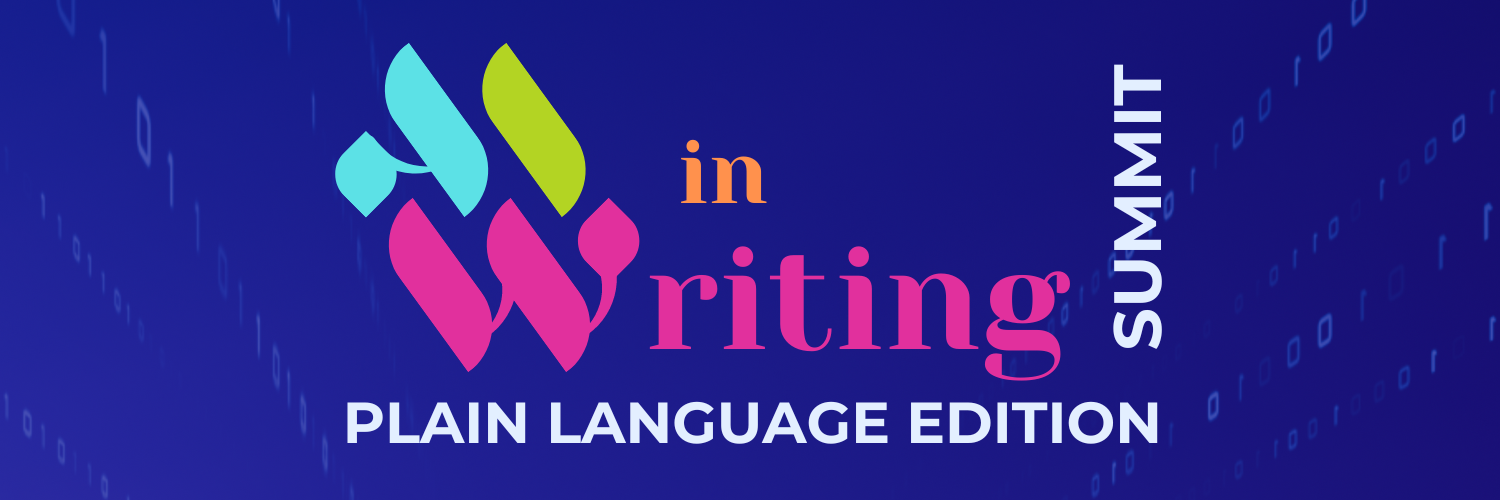
How fitting that the 2019 Plain conference, whose theme was “Clear communication – clear results” was in Norway! The true north of plain language is actionable communication and, as you may know, Norway comes from an Old English word, Norþweg, which means “way leading to north.” Don’t get me wrong, this is not an exultation of the north to the detriment of the south; I grew up in Argentina and I know Antarctica is key to our survival in this planet, so I hold the south in high regards. I simply take Norway as a reminder: plain language is about clear communication—rather than writing formulas.
Plain language is, first and foremost, about fostering comprehension. Once people understand a clear, actionable message, they can act appropriately. Whether it is citizens looking for services or participating in democracy, patients choosing treatment or lifestyle options, politicians voting laws based on scientific and technical information, or scientists themselves advancing our knowledge of the world, all participants in the communication process deserve clarity and style.
The conference was supremely organized. As an attendee, I felt welcome in every way: we heard from wonderful speakers (I found someone to share my passion for George Lakoff’s view on metaphors!), had ample time to network with practitioners from all over the world, were treated to great coffee breaks, and were invited to participate on a walking tour of Oslo by a passionate tour guide, who is also a plain language professional. Did you know Norway celebrates Constitution Day (May 17th 1814) over independence day (June 7th 1905)?
As a presenter, I felt we had the royal treatment (Norway is a constitutional monarchy.) We had support way before and at every step during the conference. A wonderful tech team was assigned to each of us, and I did use their help to upload the latest files, print handouts and the like. We were in touch with our eloquent moderators—who did a wonderful job introducing us—and were given the chance to be in touch with each other. It is so fun and to the point when we can create dialogue between sessions rather than having them be stand-alone episodes.
I missed the pre-conference day due to a flight delay. Bummer. But I can tell you the two conference days were hugely successful!
Margrethe Kvarenes, our president at PLAIN and Department Head at the Language Council of Norway launched the conference sharing with us “The Norwegian case: a 10-year plain language odyssey.” One key point was the implementation of plain language in law education, stemming from the belief that the language in laws pours out into all types of texts in the public sector. Several federal agencies in Norway are committed to giving advice in clear language and guiding plain language projects. This and the comments I heard from the pre-conference day definitely highlighted the importance of plain language as a key factor in democracy.
Concurrent sessions during the two conference days were centered around six themes: 1) Plain Language Empowers, 2) Language in the Digital Era, 3) Plain Language in Practice, 4) Culture for Plain Language, 5) Plain Language Pays Off, and 6) Plain Language for Justice and Democracy.
As you know, I specialize in medical communication and health literacy, so I was drawn to health-related sessions. I had the honor of sharing the stage with Petter Øgar, from the Norwegian Ministry of Health and Care Services who shared “A Norwegian Strategy to increase Health Literacy in the Population” and Sarah Lane, from the Irish Cancer Society in Ireland who talked about “The role of clear communication in boosting health literacy and improving cancer outcomes.” In case you are wondering, my session was “Plain Language 2.0 and Health Literacy: New Strategies for Better Outcomes.” The panelists and the content complemented each other quite nicely according to our very own PLAIN President Margrethe Kvarenes, who attended our sessions. We discussed what health literacy is, what an updated definition should include (see my presentation here), how the concept gets named in languages other than English, what organizations can do for patients, and how plain language can contribute as a factor.

In addition to health communication, other sessions discussed access to justice, political identity, how people understand weather and climate matters, how to test for communication and understand your testing results, and much, much more. You can peruse the program here.
I cannot skip telling you about our conference dinner. The menu included a smoked salmon appetizer, a reindeer ragu entree, and a fruity dessert. Dinner also included music and dancing! We had a wonderful Norwegian fiddler perform traditional tunes and a dancer wow us with his acrobatics (a traditional mate-seeking ritual!) Several Norwegian attendees were in traditional Norwegian attire, including Margrethe (here’s our pic!)

A very moving part of our dinner was food for the soul: Awards were given to deserving professionals and organizations! The Christine Mowat Plain Language Achievement Award, recognizing an outstanding contribution to advancing plain language, went to Neil James from Sydney Australia, Executive Director of the Plain English Foundation. Neil received the award amidst the cheers of many colleagues. The very first edition of the Cheryl Stephens Innovation Award, an international award recognizing innovation in plain language, went to the Plain Language Certificate Program at Simon Fraser University in Canada! The award was given jointly to the SFU Continuing Studies Program and instructor Katherine McManus for her essential role in the program. Lifelong Learning Dean Julia Denholm attended the ceremony in Oslo to accept the award.


The closing panels included presentations about digital readership, digitalization, and design. A missing point was machine produced text and plain language post-editing. I am interested in whole text threading features in the face of AI.
If you are curious about where AI generated text is at, here’s an interesting article: New AI fake text generator may be too dangerous to release, say creators. Just to give you an idea of the importance of promoting reading comprehension: some readability projects want to work with the 4,000 most common words, yet it is hugely important to remember that native speakers (in English in this case, but it is similar in most languages) have an active vocabulary of some 10,000-30,000 words (those are words they utter or write), and a passive vocabulary (words they understand) of over 40,000! The variety is not critical for bare survival, but is essential for dignity, democracy, and the pursuit of art and science. We should rejoice in our common denominators, but not be reduced to them! (See this chart about the correlation between reading habits and vocabulary size for native English speakers).
Last but not least, the end panel included a huge announcement: the initiative for plain language standards within the International Standards Organization through Technical Committee 37! This committee works on standards for language and terminology. The committee was approached by the Standards Working Group from the International Plain Language Federation (IPLF), a joint project of three organizations committed to plain language: the Center for Plain Language, Clarity, and the Plain Language Association International (PLAIN). Current IPLF Chair Annetta Cheek made the announcement to the delight of all plain language practitioners! I have to thank IPLF Standards Committee members for their dedication and a friend and colleague, Gael Spivak (Senior Writer at the Canadian Food Inspection Agency and editor extraordinaire at Editors Canada) who made the connection between TC37 and IPLF possible! (You can read more about the process here.)

In our networking time, I also met with friend and colleague Antonio Martin from Spain, with whom, among several amazing editors, we founded the Spanish Editors Association (SEA.) The work of SEA and Spanish editors in the US received a warm welcome during the conference. So much so that I was invited to participate in the now official Plain Language Standards Working Group!

The conference ended on September 26th, but I lingered a bit and interviewed none other than Cheryl Stephens, co-founder of PLAIN, author, speaker, and tireless supporter of clear communication. Come back to check out this interview, you don’t want to miss it!






